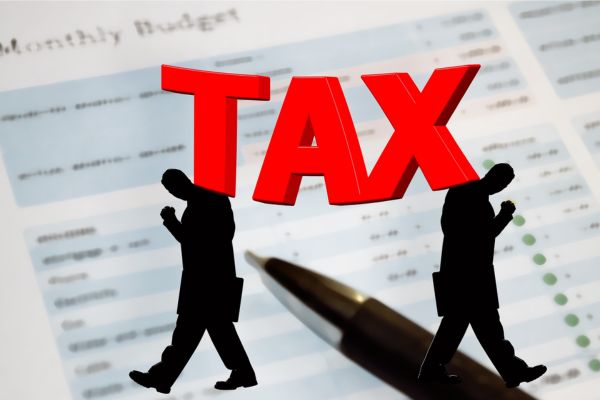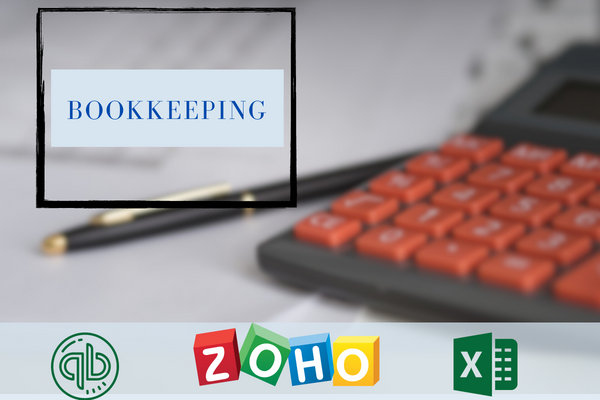In the digital era, payment gateways act as intermediaries between merchants and customers, securely facilitating online transactions. When a customer makes a purchase, the payment gateway processes the transaction and ensures the funds reach the merchant’s account. Payment gateway reconciliation is the process of verifying and matching the transaction records between the payment gateway, merchant’s system, and financial statements.
Understanding Payment Gateway Reconciliation
Payment gateway reconciliation is a crucial aspect of financial management for businesses that process online payments. It involves comparing and reconciling the transaction data from the payment gateway with the merchant’s internal records to ensure accuracy and identify any discrepancies.
Importance of Payment Gateway Reconciliation
Accurate payment gateway reconciliation is vital for several reasons:
Financial Accuracy: Reconciliation ensures that the transaction data recorded in the payment gateway aligns with the merchant’s records, providing an accurate picture of the business’s financial health.
Discrepancy Detection: By comparing and reconciling data, any discrepancies or errors in transactions can be identified promptly, preventing financial losses or incorrect reporting.
Fraud Prevention: Reconciliation helps detect fraudulent activities, such as chargebacks or unauthorized transactions, enabling businesses to take appropriate actions and mitigate risks.
Regulatory Compliance: Reconciliation plays a crucial role in complying with financial regulations and audit requirements, providing transparency and accountability in financial reporting.
Key Steps in Payment Gateway Reconciliation
Effective payment gateway reconciliation involves several essential steps:
Gathering Transaction Data
The first step is to collect transaction data from the payment gateway and the merchant’s internal systems. This includes details such as transaction amounts, dates, customer information, and any additional metadata.
Comparing Transaction Records
Next, the transaction records from the payment gateway are compared with the merchant’s internal records. This step aims to identify any discrepancies or mismatches between the two datasets.
Identifying Discrepancies
In this phase, any discrepancies or differences found during the comparison are noted. Discrepancies can occur due to various reasons, such as technical glitches, failed transactions, or manual errors.
Investigating Discrepancies
Once discrepancies are identified, a thorough investigation is conducted to determine their root causes. This may involve reviewing transaction logs, contacting the payment gateway provider, or analyzing system integrations.
Resolving Discrepancies
After identifying the causes, steps are taken to resolve the discrepancies. This may include updating records, correcting errors, refunding customers, or contacting payment gateway support for assistance.
Reconciling Settlements
The final step involves reconciling settlements, ensuring that the funds deposited in the merchant’s account match the expected amounts based on the reconciled transaction data. This verifies the accuracy of the overall reconciliation process.
Best Practices for Payment Gateway Reconciliation
To optimize payment gateway reconciliation, consider the following best practices:
Regular Monitoring and Reporting
Implement a regular monitoring process to review transaction data, identify discrepancies promptly, and generate comprehensive reports for analysis and record-keeping.
Automated Reconciliation Systems
Utilize automated reconciliation systems and tools that can streamline the process, minimize errors, and save time by automatically matching transaction records.
Double-Checking Settlements
Always double-check settlements to ensure the funds received from the payment gateway are accurately deposited into the merchant’s account. Any discrepancies should be addressed promptly.
Keeping Clear Documentation
Maintain clear and detailed documentation of the reconciliation process, including the steps taken, identified discrepancies, and resolutions. This documentation aids in future audits and references.
Communication with Payment Service Providers
Maintain open communication with payment service providers, including the payment gateway, to resolve any issues, seek clarification, and stay updated with changes or updates to the reconciliation process.
Why is payment gateway reconciliation important?
Payment gateway reconciliation is important to ensure the accuracy of financial records, detect discrepancies, prevent fraud, and comply with financial regulations.
Can payment gateway reconciliation help prevent fraudulent activities?
Yes, payment gateway reconciliation can help detect and prevent fraudulent activities, such as chargebacks or unauthorized transactions.
What are the key steps in payment gateway reconciliation?
The key steps in payment gateway reconciliation include gathering transaction data, comparing transaction records, identifying discrepancies, investigating discrepancies, resolving discrepancies, and reconciling settlements.
How can automated reconciliation systems benefit businesses?
Automated reconciliation systems can streamline the reconciliation process, minimize errors, and save time by automatically matching transaction records.
Why is communication with payment service providers important in the reconciliation process?
Communication with payment service providers is important to resolve issues, seek clarification, and stay updated with changes or updates to the reconciliation process.



